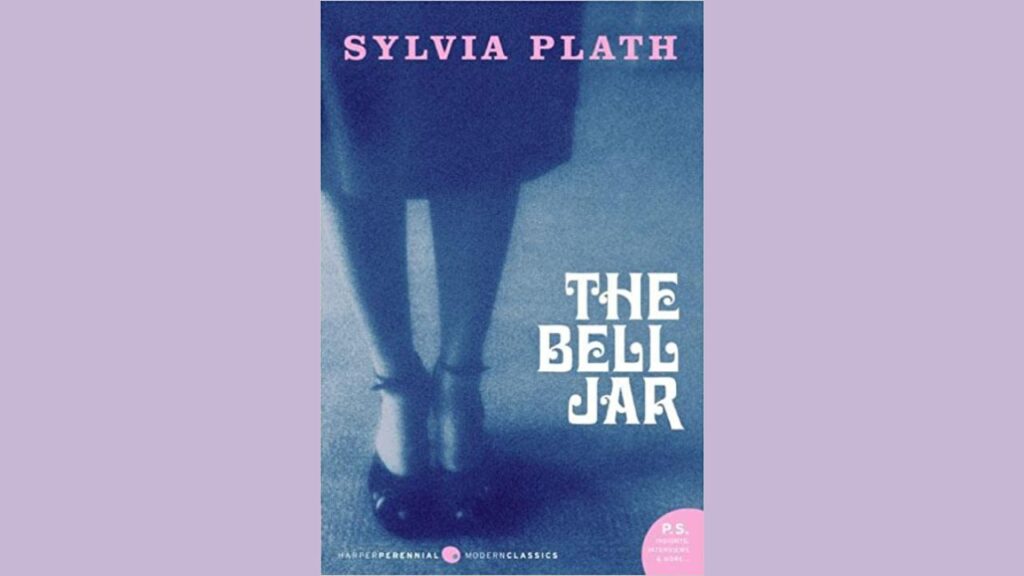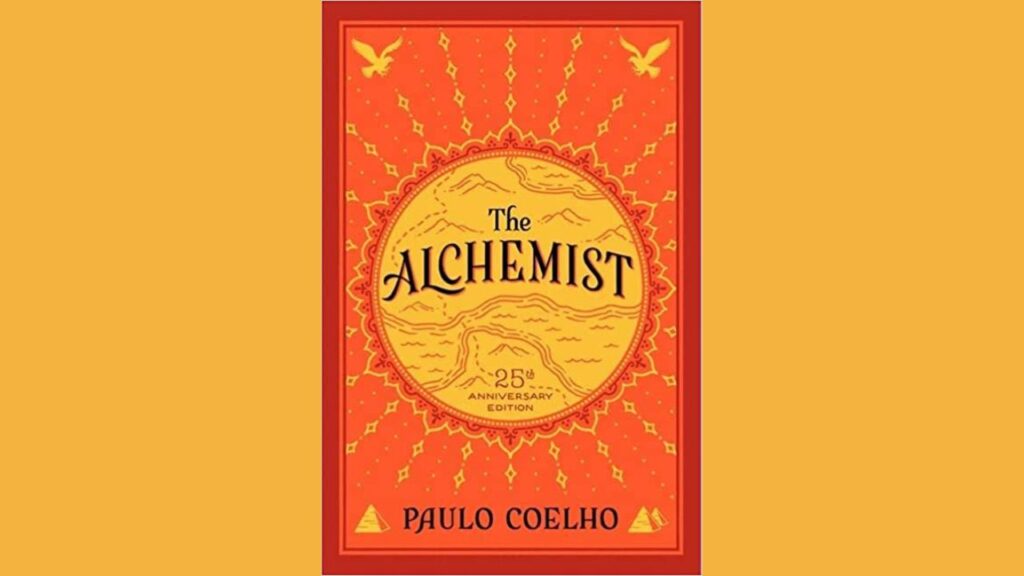
Student Notes – Les Misérables by Victor Hugo
Introduction:
Les Misérables, written by Victor Hugo and published in 1862, is a monumental novel that delves into the lives of various characters against the backdrop of 19th-century France. The story spans several decades, exploring themes of justice, redemption, love, and the human struggle for freedom and social equality. This set of student notes provides a comprehensive overview of the key elements, themes, and characters in Les Misérables, along with analysis and discussion points for further exploration and understanding.
Historical and Social Context:
- 19th-Century France: The novel is set during a time of political and social turmoil in France, including the French Revolution and the subsequent rise of Napoleon Bonaparte.
- Social Injustices: Hugo’s work highlights the vast disparities between the rich and the poor, the plight of the working class, and the struggles faced by the marginalized members of society.
Characters:
- Jean Valjean: The central protagonist, Valjean, is an ex-convict who seeks redemption and becomes a symbol of the power of change and forgiveness.
- Inspector Javert: Javert is a relentless police inspector driven by a rigid adherence to the law, who becomes an antagonist to Valjean.
- Fantine: A young woman forced into prostitution to support her daughter, Fantine represents the victims of societal injustices.
- Cosette: The daughter of Fantine, Cosette is taken in by Valjean and becomes a central figure in his quest for redemption.
- Marius Pontmercy: A young idealist involved in revolutionary activities, Marius falls in love with Cosette and plays a significant role in the novel’s events.
Plot Summary:
- The novel follows the life journey of Jean Valjean, from his unjust imprisonment to his transformation into a compassionate and noble individual.
- Valjean’s encounters and relationships with various characters intertwine with the broader historical events and social struggles of the time.
- Themes: Justice and Redemption, Love and Sacrifice, Social Injustice and Revolution.
Key Themes and Symbolism:
- Justice and Redemption: Les Misérables explores the concept of justice and the potential for redemption, as seen through the transformation of Jean Valjean and his pursuit of personal redemption.
- Love and Sacrifice: The novel portrays the power of love and self-sacrifice, exemplified in the relationships between characters such as Valjean and Cosette, or Éponine and Marius.
- Social Injustice and Revolution: Hugo exposes the harsh realities of social injustice, drawing attention to the plight of the poor and marginalized members of society and highlighting the potential for revolution and change.
Analysis and Discussion Points:
- Examine the character development of Jean Valjean, discussing his journey from a hardened criminal to a figure of compassion and redemption.
- Reflect on the role of Inspector Javert and the moral dilemmas he faces, exploring the complex relationship between justice and mercy.
- Discuss the portrayal of women in the novel, focusing on characters like Fantine and Éponine, and their struggles within a patriarchal society.
- Analyze the significance of the historical and social context in Les Misérables, discussing the impact of events such as the French Revolution and the June Rebellion on the characters and their motivations.
- Explore Hugo’s use of symbolism and imagery, such as the symbolism of the barricades in the novel and their representation of the fight for social change.
Conclusion:
Les Misérables is a sweeping and profound novel that explores themes of justice, redemption, love, and social inequality. Victor Hugo’s work provides a rich and immersive portrayal of 19th-century France and its diverse cast of characters. By engaging with the student notes provided, readers can gain a deeper understanding of the key elements, themes, and characters in Les Misérables and appreciate Hugo’s masterful storytelling and insightful exploration of the human condition.





